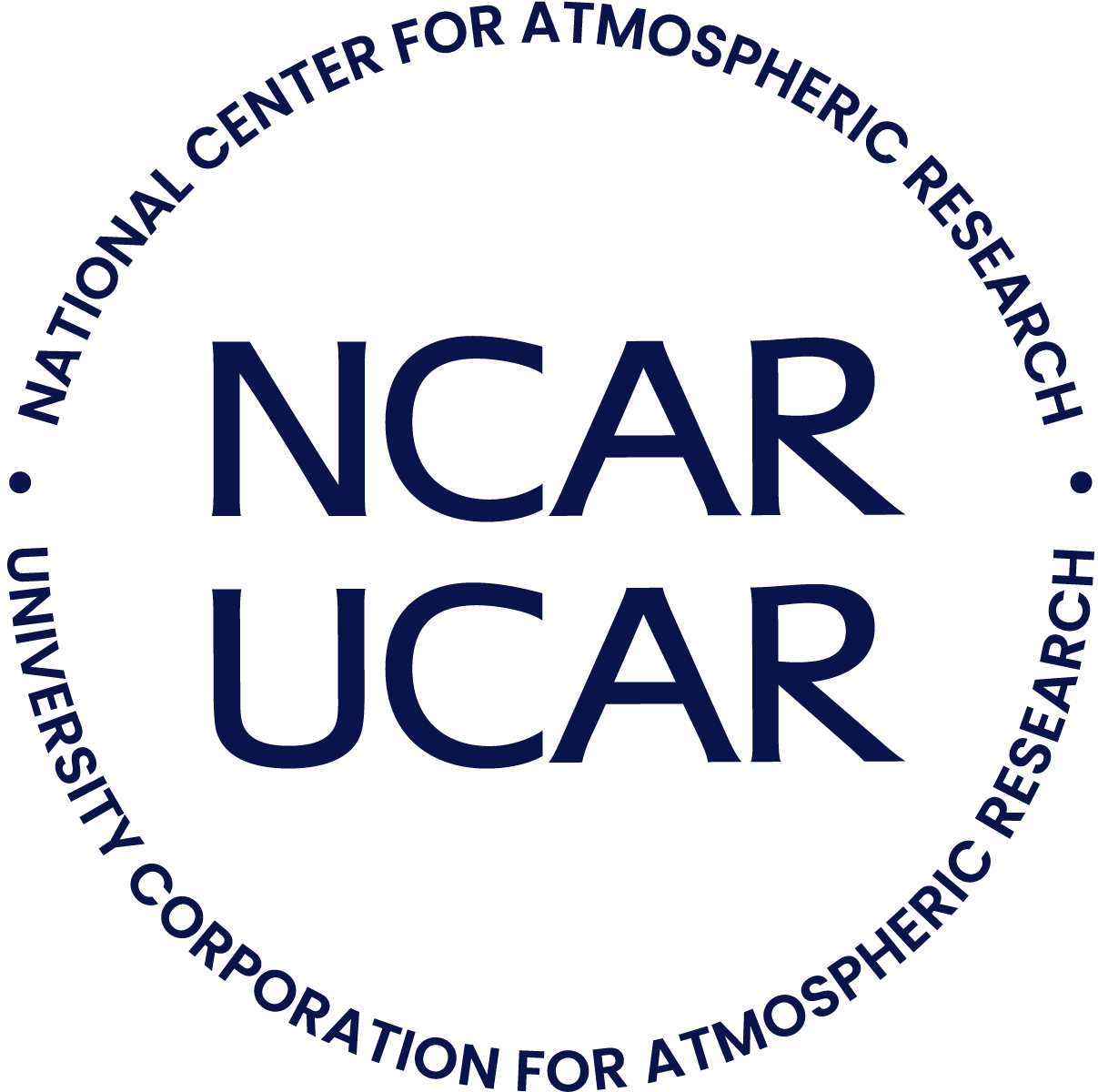-
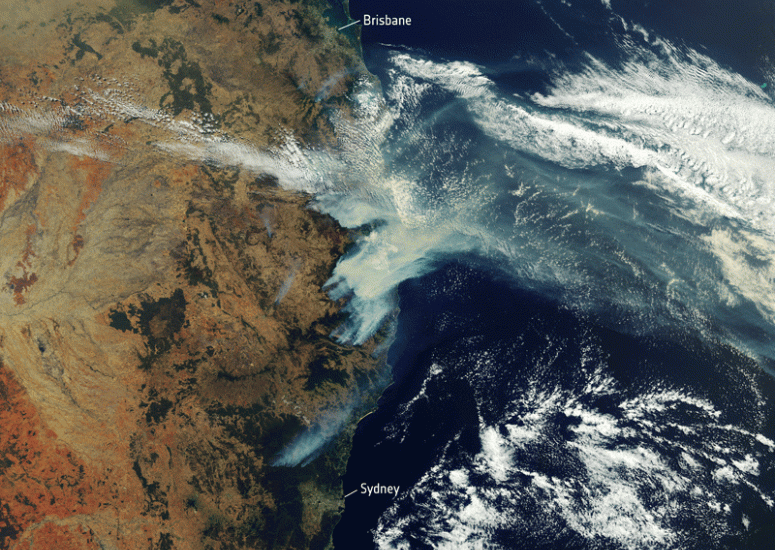
Smoke from massive Australian bushfires warmed the stratosphere
Australian fires in 2019 and 2020 injected almost 1 million metric tons of smoke into the stratosphere, causing it to warm and likely contributing to a large and persistent ozone hole.
- Air Quality,
- Climate
-
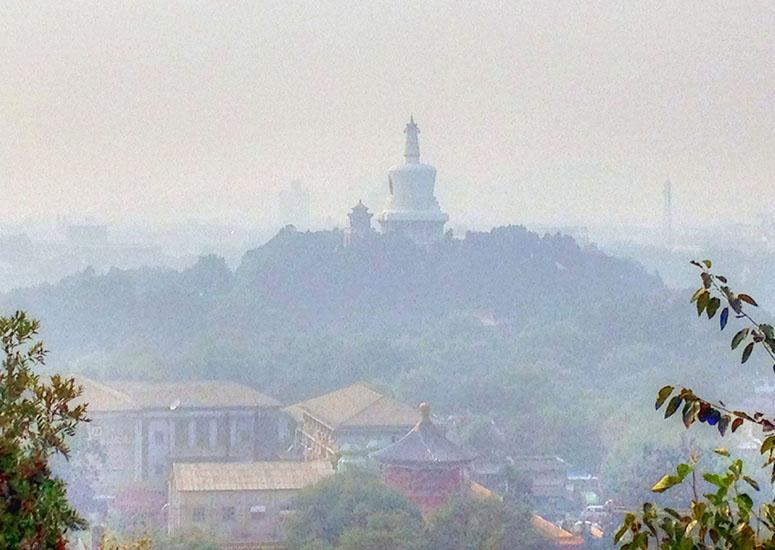
COVID-19 lockdowns linked to pollution spikes in some cities
Lockdowns last year in response to COVID-19 resulted in drastic cuts to emissions, especially from vehicle tailpipes, and yet some urban areas saw a paradoxical spike in ozone air pollution.
- Air Quality
-
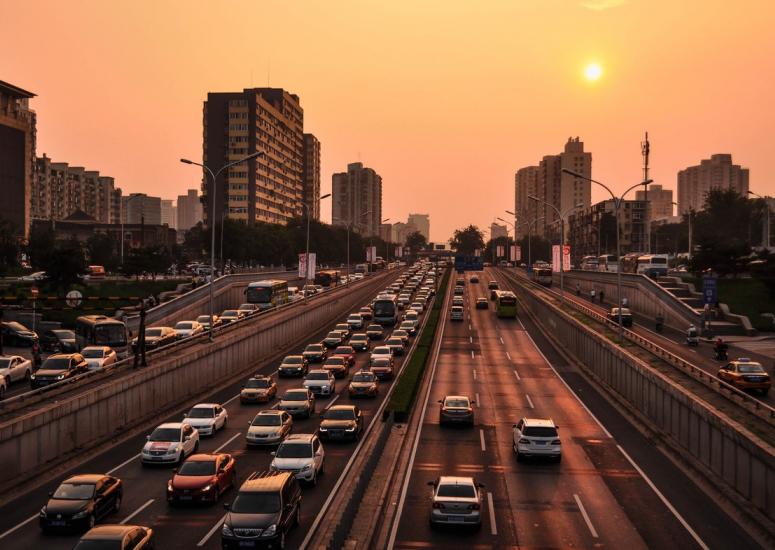
Ozone pollution levels dropped early in pandemic
Ozone in the lower atmosphere fell by 7% on average across the Northern Hemisphere, new research finds.
- Air Quality
-

Pieternel Levelt chosen to lead NCAR’s Atmospheric Chemistry Observations & Modeling Lab
Pieternel Levelt has been selected to lead the Atmospheric Chemistry Observations & Modeling Laboratory (ACOM) at the National Center for Atmospheric Research (NCAR). Levelt currently serves as the head of the R&D Satellite Observations department at The Royal Netherlands Meteorological Institute while also serving as a professor at Delft University of Technology.
- Air Quality,
- Organization
-
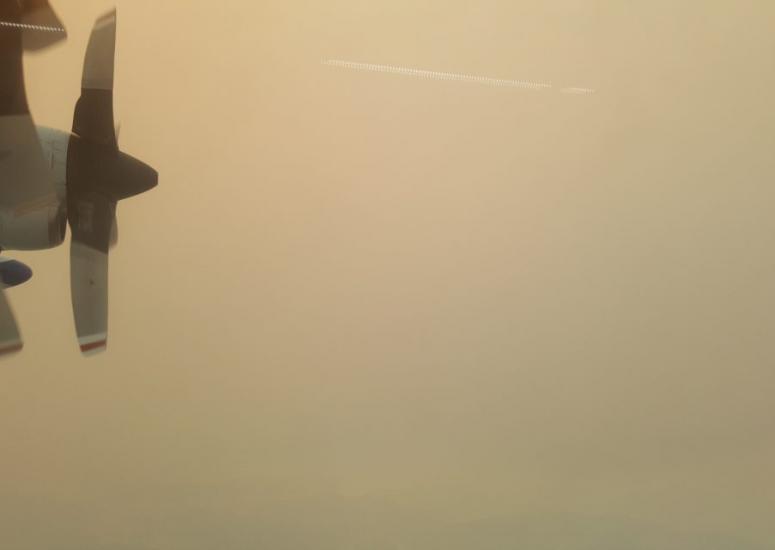
Flying through wildfire smoke plumes could improve smoke forecasts
Smoke forecasts may incorrectly predict the amount of particles in staler air.
- Air Quality

